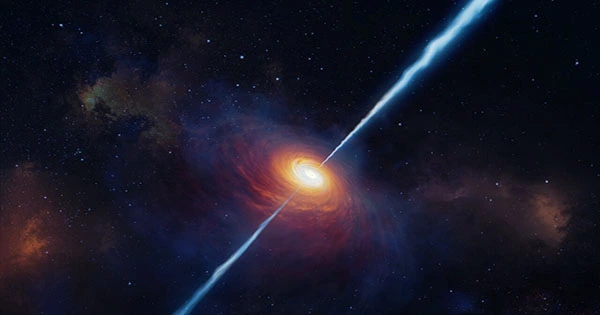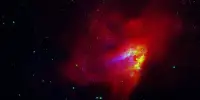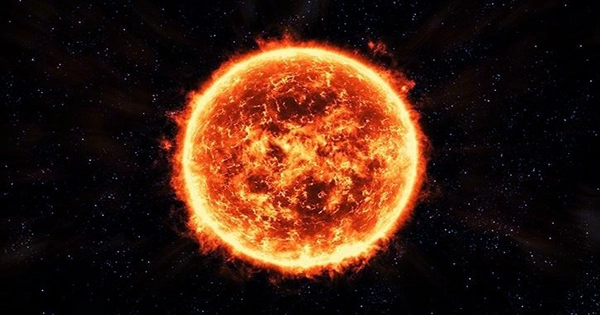Astronomers have discovered a new record-breaking galaxy approximately 300 million years after the Big Bang, hot on the heels of the farthest distant star ever observed. By a good 100 million years, the galaxy known as HD1 has surpassed GN-z11 as the universe’s furthest known object. Given that gazing back into the universe is the same as looking into the past, HD1 will be the oldest known galaxy if the findings are verified. The Astrophysical Journal has released a new paper reporting the finding, which claims two more objects beyond GN-z11. These are HD1 and HD2.
More observations are needed to determine their exact distance, but what has been discovered thus far indicates galaxies at the furthest reaches of our observational capabilities (at least for the next several months, c’mon JWST!). “Finding HD1 out of approximately 700,000 objects was really difficult,” said lead author Yuichi Harikane of the University of Tokyo, who found the galaxy. “HD1’s red hue unexpectedly closely matched the predicted features of a galaxy 13.5 billion light-years away, giving me shivers when I discovered it.”

The galaxies were identified using data from the Subaru Telescope, the VISTA Telescope, the UK Infrared Telescope, and the Spitzer Space Telescope, which totaled 1,200 hours. The vast amount of observational data offered strong distance information. Follow-ups with the ALMA (Atacama Large Millimeter/submillimeter Array) were added to the evidence. The JWST, whose science mission begins in June, will be used to validate HD1’s distance and better comprehend the nature of this galaxy – since this object is strange.
In UV light, it’s simply too bright. Harikane and co-authors challenge the nature of these distant sources in a companion piece published in the Monthly Notices of the Royal Astronomical Society. They might have two conceivable interpretations, both of which are difficult to reconcile with our existing ideas. According to one theory, the source might be a quasar, a supermassive black hole at the heart of a distant galaxy or protogalaxy that is consuming so much matter so rapidly that the material becomes so hot that it outshines the galaxy due to the forces at work. If this is the case, it would have to be a supermassive black hole with a mass of roughly 100 million solar masses, which would be difficult but not impossible to find so early in the universe.
The one in the heart of the Milky Way is 4.6 million solar masses in contrast. Another possibility is that the object is a galaxy with a starburst. As the name implies, these objects are in the midst of a spectacular episode of star production. Every year, 100 new stars the mass of the Sun would be born in our galaxy. This is ten times what was expected; it’s not impossible, but it’s tough to explain.
“Answering concerns about the nature of a source that far away may be difficult,” said Fabio Pacucci, an astronomer at the Center for Astrophysics and primary author of the second research. “It’s like trying to estimate a ship’s country just on the flag it flies from afar onshore, in the middle of a storm and deep fog.” Some of the flag’s colors and shapes can be seen, but not all of them. “At the end of the day, it’s a protracted game of analysis and excluding impossible scenarios.” More of these incredibly distant galaxies from the birth of the universe are likely to be discovered by JWST, the Nancy G. Roman Telescope, and future infrared telescopes such as the Japanese GREX-PLUS.
















